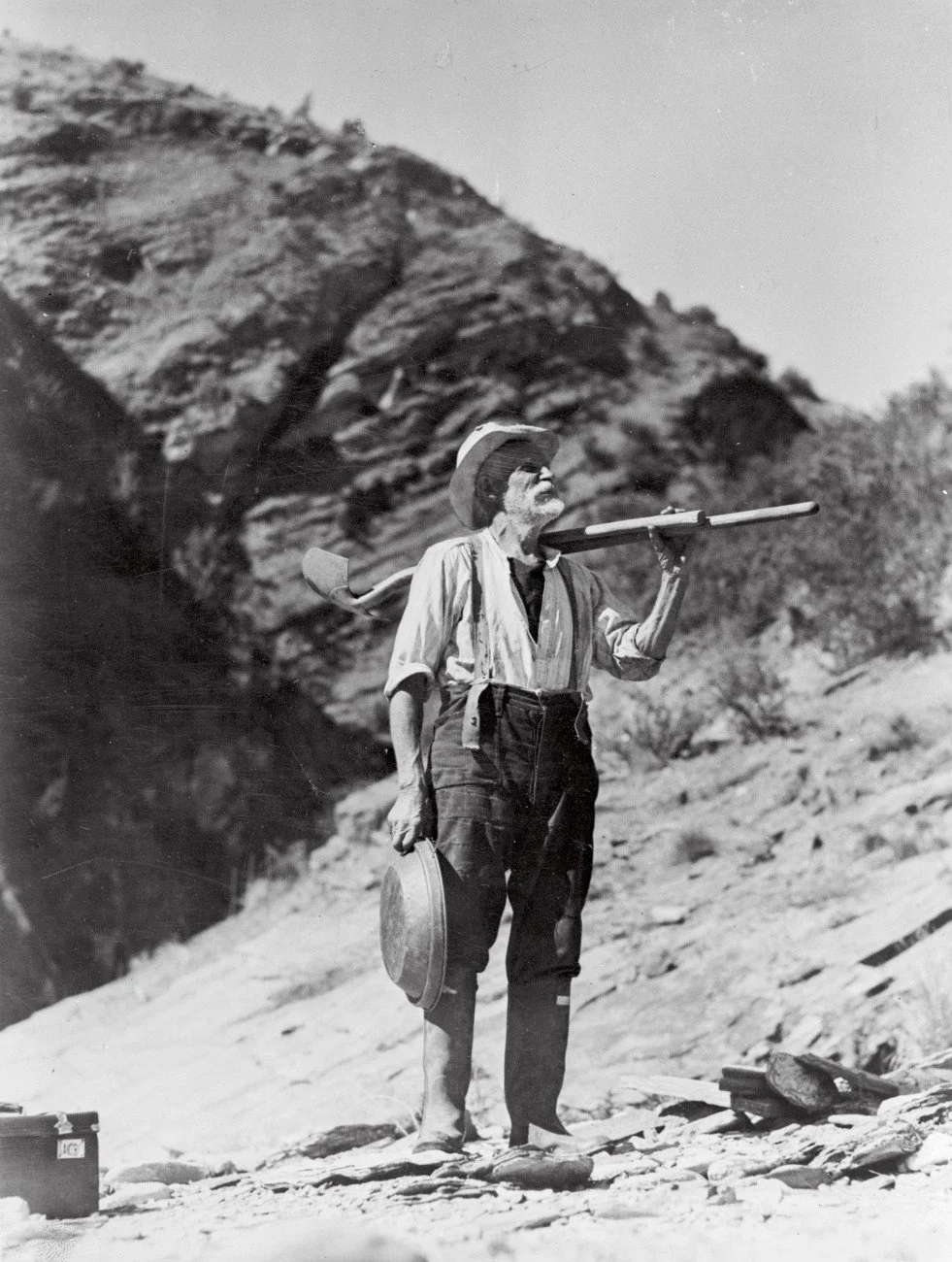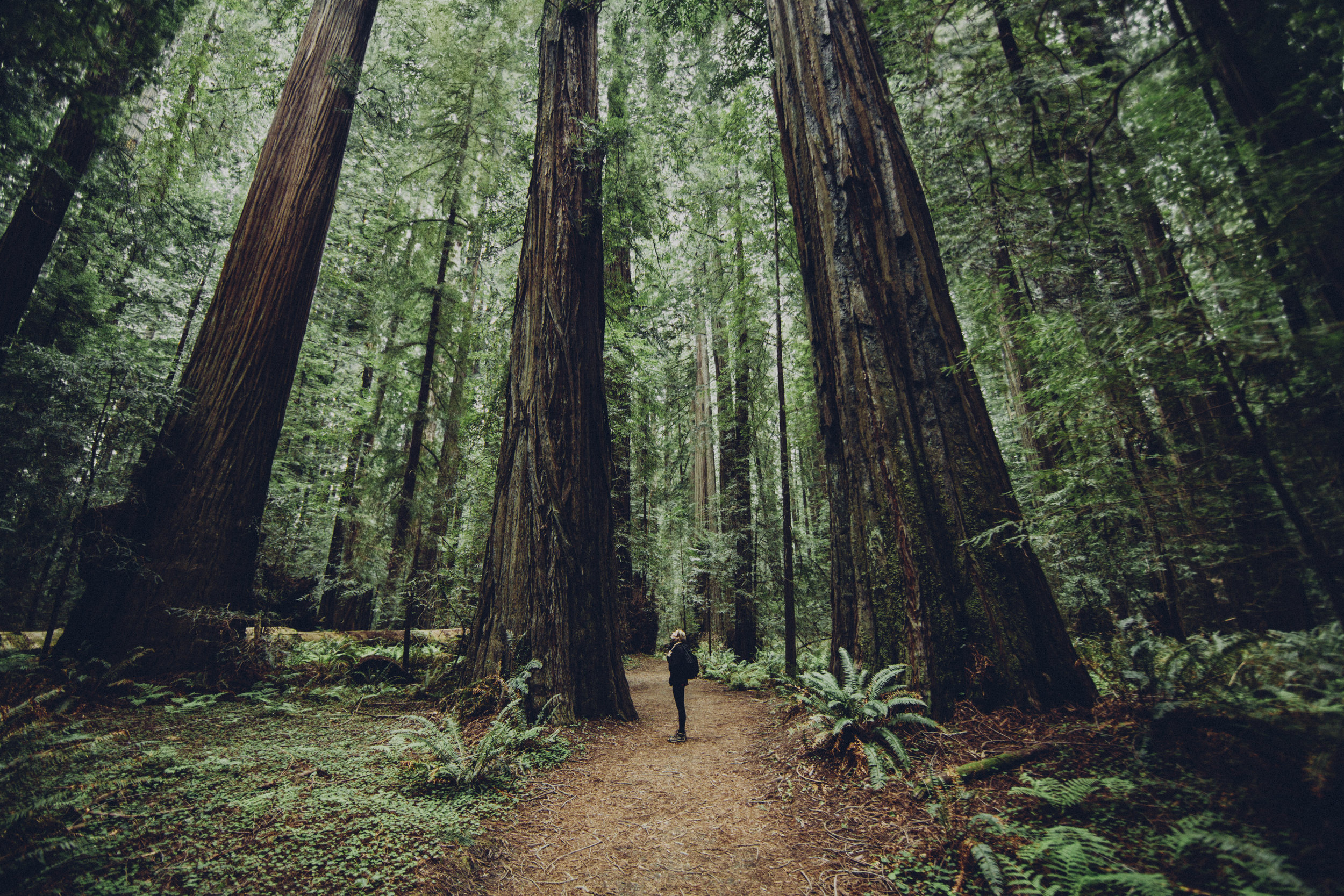
Since 1983 we’ve kept mining out of the Coromandel
It took us 13 years but we removed the automatic right to mine!
Pre 1983, an international mining company could legaly come onto anyones land and if they found gold they we awarded an automatic right to mine. In the Coromandel at this time many landowners were faced with being forced off their land.
We changed that!
-

Kamag
It all begins with an idea. Maybe you want to launch a business. Maybe you want to turn a hobby into something more. Or maybe you have a creative project to share with the world. Whatever it is, the way you tell your story online can make all the difference.
-

Watchdog
It all begins with an idea. Maybe you want to launch a business. Maybe you want to turn a hobby into something more. Or maybe you have a creative project to share with the world. Whatever it is, the way you tell your story online can make all the difference. Link to watchdog
-
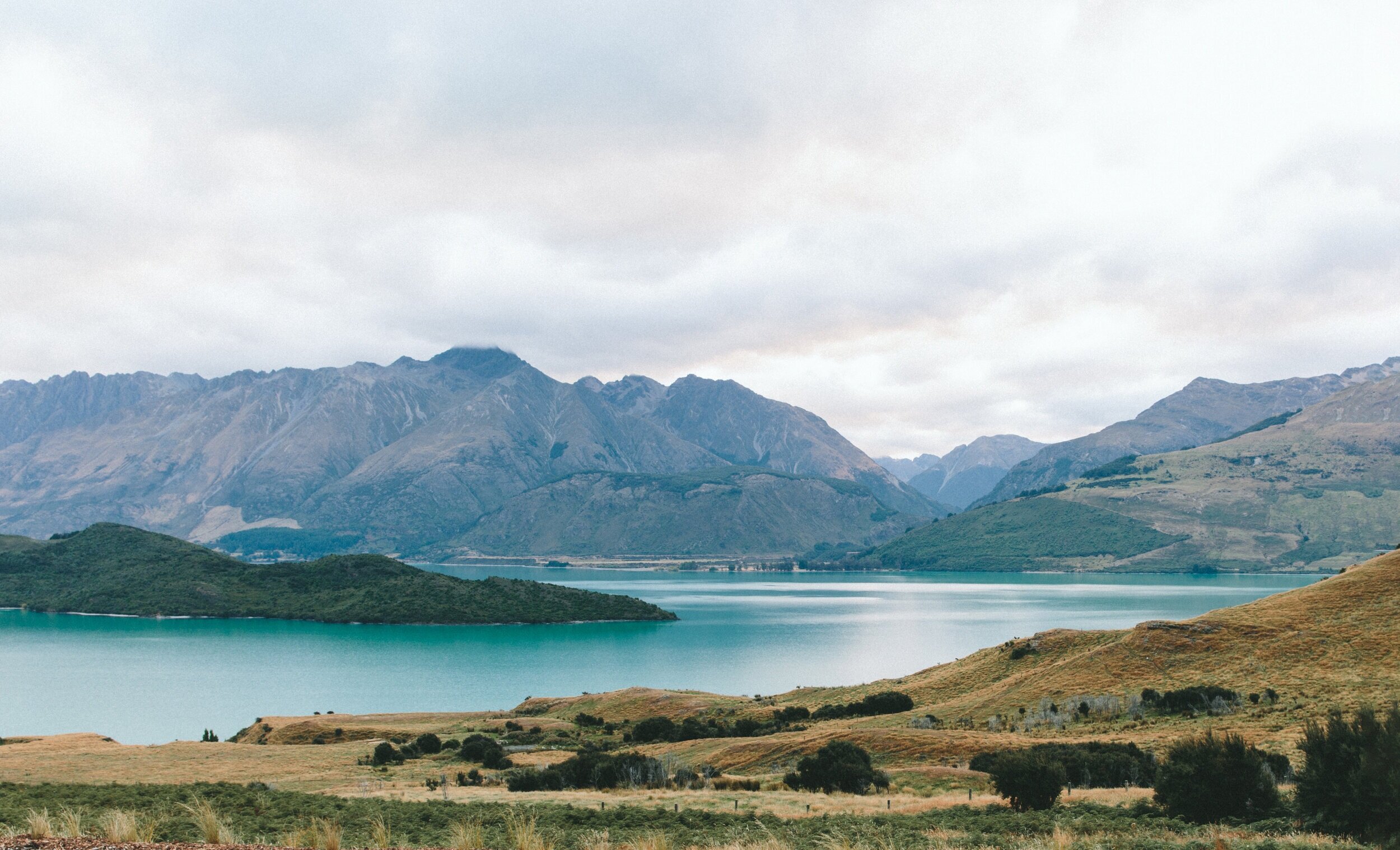
Schedule 4 Conservation land
It all begins with an idea. Maybe you want to launch a business. Maybe you want to turn a hobby into something more. Or maybe you have a creative project to share with the world. Whatever it is, the way you tell your story online can make all the difference.
-

Exploration Licence Now Required
It all begins with an idea. Maybe you want to launch a business. Maybe you want to turn a hobby into something more. Or maybe you have a creative project to share with the world. Whatever it is, the way you tell your story online can make all the difference.
-
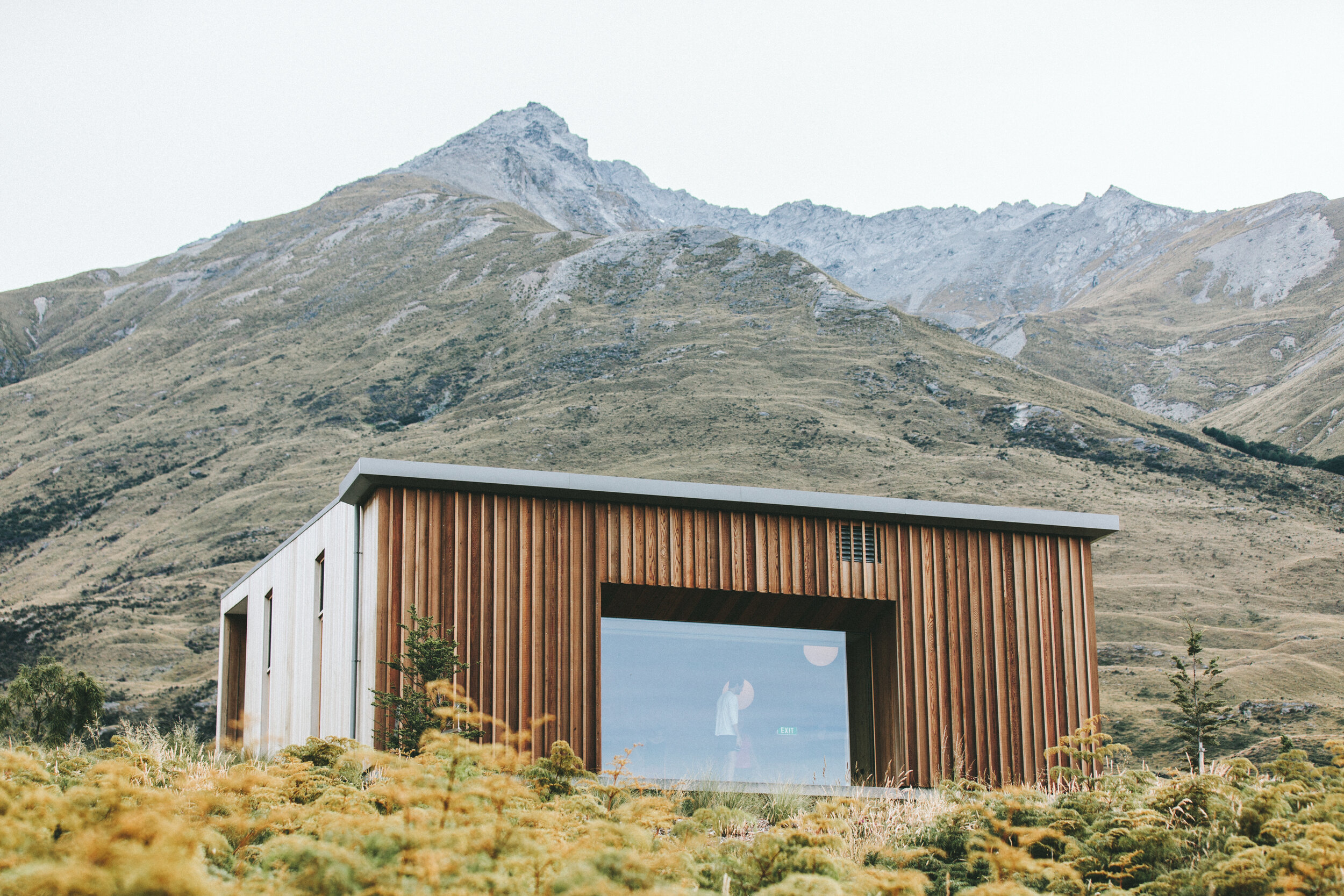
Instumental in establishing the resource mangement Act
It all begins with an idea. Maybe you want to launch a business. Maybe you want to turn a hobby into something more. Or maybe you have a creative project to share with the world. Whatever it is, the way you tell your story online can make all the difference.
-

Community action
It all begins with an idea. Maybe you want to launch a business. Maybe you want to turn a hobby into something more. Or maybe you have a creative project to share with the world. Whatever it is, the way you tell your story online can make all the difference.
-
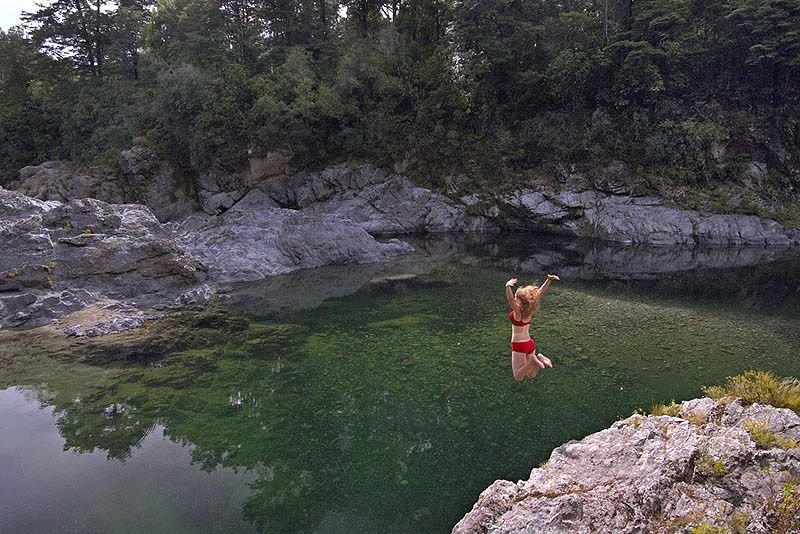
District Plan Improved
Description goes here -
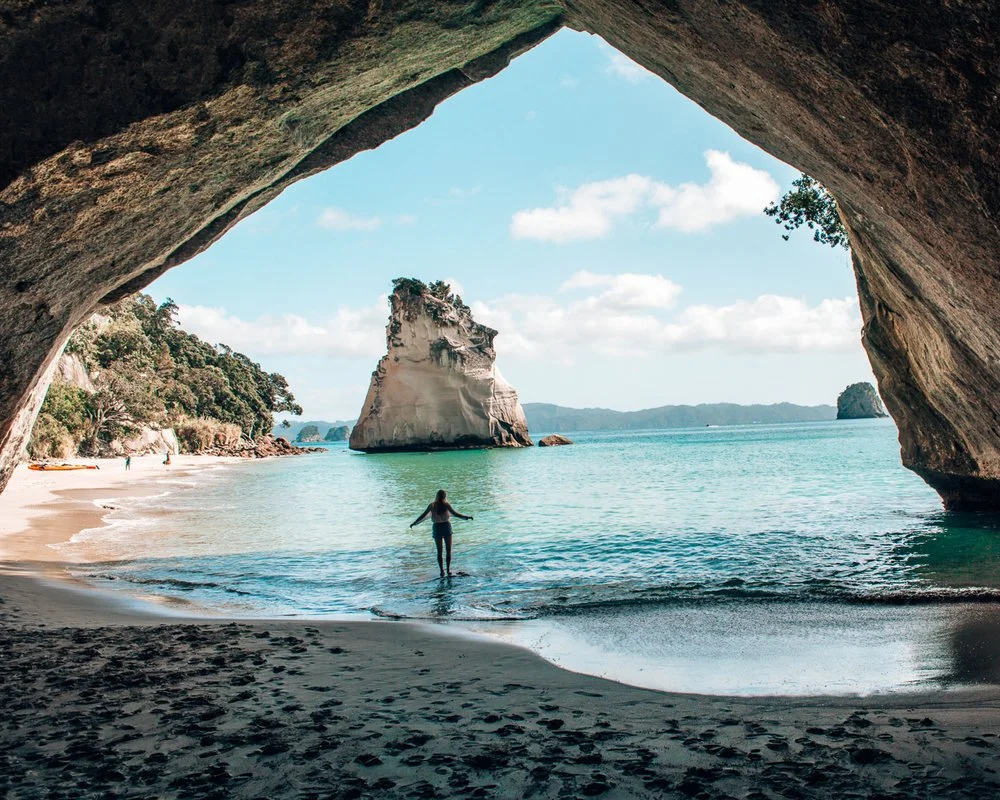
Were Mobilising Again!
Description goes here
-

The First Gold Rush
1880s
Gold is discovered!
-

The Next Gold Rush
1980s
Arrival of the Multi-Nationals
-

The Fight Back
1980s to 2000s
Watchdog and KAMAG are born
-

March on Queen Street
2010
OURS NOT MINES
-

The Fight Returns
Early 2000s
Protecting the Future
-

The Fight for our Soul
2020s
The Fight for our Soul
The First Gold Rush
The Coromandel Peninsula in the late 1800s to the early 1900s experienced a campaign of colonisation that primarily saw the whole of the Peninsula deforested, with gum digging, mining and finally settlement farming following.
The traditional owners of Kūaotunu, including Ngati Hei, were at this time alienated from much of their rohe and cheated out of the ownership of their land.
Two significant gold mines in the area were situated at ‘upper’ Kūaotunu and in the Waitaia. At the onset of the WWI the mines were abandoned.
Today, over 120 years later, tests carried out on the groundwater that issues from these mines record that the water is dangerous to human health with toxic carcinogens such as arsenic and cadmium still present.
The Second Gold Rush
In the early 1980s, the small Coromandel community of Kūaotunu became a battleground as local residents fought back against various overseas-owned multinational mining companies who were demanding the right to mine both private and state-owned land. At that stage, private land owners could not under law refuse miners access to their land.
Grand statements were made by the mining companies about how they would establish opencast mines in the area and fill various valleys in Otama and Kūaotunu with toxic tailing dams. They also promised to generate employment and make Kūaotunu and the surrounding communities in the Mercury Bay area rich.
The Fight Back
This spectre of proposed mining activity generated much discussion in the small community, as it did in many other communities on the Peninsula, and led to the formation of the Kūaotunu Anti-Mining Action Group, or KAMAG.
The group’s goal was to reject mining in the area and, if necessary through direct action, assist in the protection of the surrounding environment, its community and culture.
This protection came at a price for many of its members, as the next 15 years meant sacrifices on many fronts.
With other similarly determined groups on the Coromandel, a change was negotiated with the Government, and the Crown Minerals Act was amended to protect Conservation Land under Schedule 4 from mining, and to allow private landowners the right to refuse mining companies access over their lands.
This unbelievable achievement by a grassroots group even inspired a movie about the fight: The Znail Gang.
The March on Queen Street
In 2010, John Key’s National Government attempted to remove the Schedule 4 protection of the Conservation Estate north of the Kopu-Hikuai Road.
The result of this proposal saw between 40,000 and 50,000 New Zealand citizens march up Auckland's Queen Street to demand that the protection remain. Jacinda Arden proudly marched the protest route carrying a sign proclaiming ‘OURS NOT MINE’.
In the face of this public pressure the Government backed down from the proposal.
The Fight Returns
Unfortunately Key then suggested that mining ‘under’ might be an acceptable avenue using surgical or ‘key hole’ mining techniques, thus signaling that once again areas in the Coromandel such as Kūaotunu could be viewed as open for business by overseas mining companies. This included the Canadian/Australian owned OceanaGold, the current operators of mining in Waihi.
In 2016 the Ministry of Business Innovation and…..
The Fight Continues
Today Kūaotunu and the area that stretches like a hammer to Te Rerenga and back down to Whitianga is subject to an Exploration Licence which is due to expire on the 30 April 2022. KAMAG notes that OceanaGold will have to carry out drilling operations before then. Once again KAMAG will ask our community to become active and to Lock the Gate against mining to protect our special communities in the area as well as the whenua (land), the ngahere (bush) and the moana (ocean) from this highly toxic and remorseless industry.

